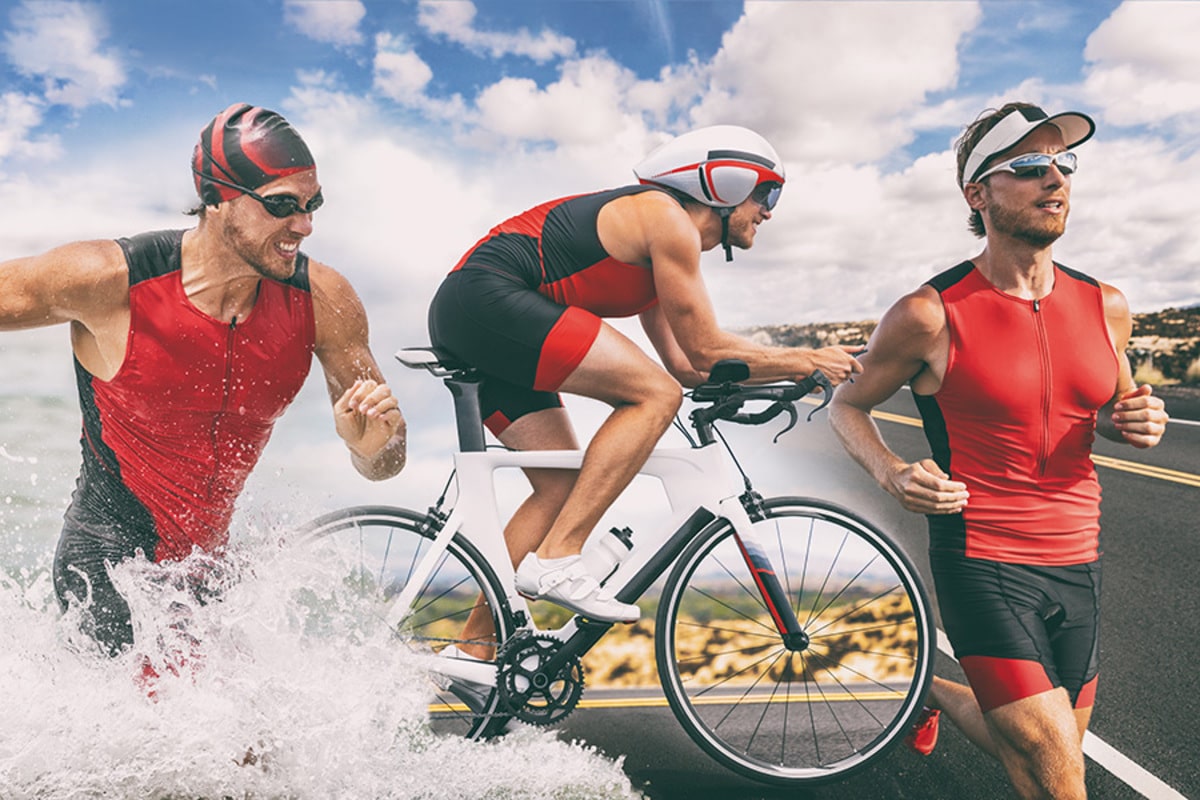Triathlon is not just a sport but a true test of human endurance, self-discipline, and determination. It combines three different athletic disciplines – swimming, cycling, and running – making it one of the most demanding sports in the world. Participants need to be versatile, capable of quick transitions, and skilled in managing their energy levels efficiently. In this article, you will discover interesting facts about triathlon that you might not have known before.
- The first official triathlon took place in 1974 in San Diego, USA. It was organized by a local athletic club as a training session for runners and swimmers. Over time, this event evolved into a global competitive sport.
- The standard Olympic triathlon distance includes 1.5 km of swimming, 40 km of cycling, and 10 km of running. This format is known as the Olympic distance because it has been used in the Summer Olympic Games since 2000. Other variations include sprint, half-Ironman, Ironman, and ultra-triathlons.
- The Ironman race is considered one of the toughest endurance events in the world. It consists of 3.8 km of swimming, 180 km of cycling, and a full marathon of 42.2 km. Completing the race within the 17-hour time limit is a major achievement even for elite athletes.
- Triathlon made its Olympic debut at the 2000 Sydney Games. It was a significant milestone for fans of multisport competitions. Since then, it has remained a permanent part of the Olympic program.
- Transition areas, known as T1 (from swimming to cycling) and T2 (from cycling to running), play a crucial role in final results. The time spent switching equipment can greatly influence a participant’s ranking. Many athletes train their transitions as intensely as the individual sports themselves.
- Recovery after a triathlon can take days or even weeks depending on the distance and the athlete’s condition. The cardiovascular system and muscles undergo extreme stress during the event. Rest, nutrition, and therapeutic practices are essential for proper recovery.
- More than 120 national triathlon federations around the world are part of World Triathlon. This governing body sets rules, organizes world championships, and promotes the development of the sport. It also coordinates para-triathlon events and supports athlete inclusion.
- Preparing for a triathlon involves more than just swimming, biking, and running. It also includes strength training, stretching, and technical work. Athletes follow carefully structured training plans to balance workload, intensity, and recovery.
- Many triathletes practice brick workouts, which combine two sports in one training session, usually cycling followed by running. This helps the body adapt to the sudden change in movement patterns. For beginners, these transitions can be especially challenging.
- Triathlon gear is highly specialized and designed for maximum efficiency. It includes wetsuits, aerodynamic helmets, clipless shoes, and time trial bikes. Equipment quality can have a measurable impact on performance.
- Swimming is often done in open water such as lakes, rivers, or oceans, rather than in pools. Natural elements like waves, currents, and low visibility add extra difficulty. Athletes must be able to navigate without pool lanes or walls for guidance.
- The oldest known Ironman finisher was over 80 years old. Age is not a barrier in triathlon, and many senior athletes participate regularly. This highlights the inclusive and lifelong nature of the sport.
- Mental endurance is just as important as physical strength in triathlon. Athletes must learn to manage pain, stay focused, and persevere through fatigue. Motivation and mindset often determine success as much as training does.
- Triathlon is rapidly growing in popularity in many countries, including Poland, where events are held for professionals, amateurs, and even children. Cities host urban races and national championships that attract large audiences. New clubs, coaches, and training centers continue to emerge.
- Many triathlon events emphasize sustainability and environmental responsibility. Reusable bottles, minimal plastic, and eco-zones are becoming more common. Athletes also raise awareness about protecting nature through their participation.
- Some of the most extreme triathlons take place in unusual environments like deserts, mountains, or Arctic regions. Harsh weather and unique terrain make these races especially demanding. Entry often requires special permits and advanced preparation.
These fascinating facts show that triathlon is more than just a sport – it’s a lifestyle. It builds resilience, strengthens character, and inspires people to push their personal limits. With opportunities for all ages and skill levels, triathlon welcomes anyone willing to take on the challenge. Perhaps these interesting facts will encourage you to give this thrilling and rewarding sport a try.





